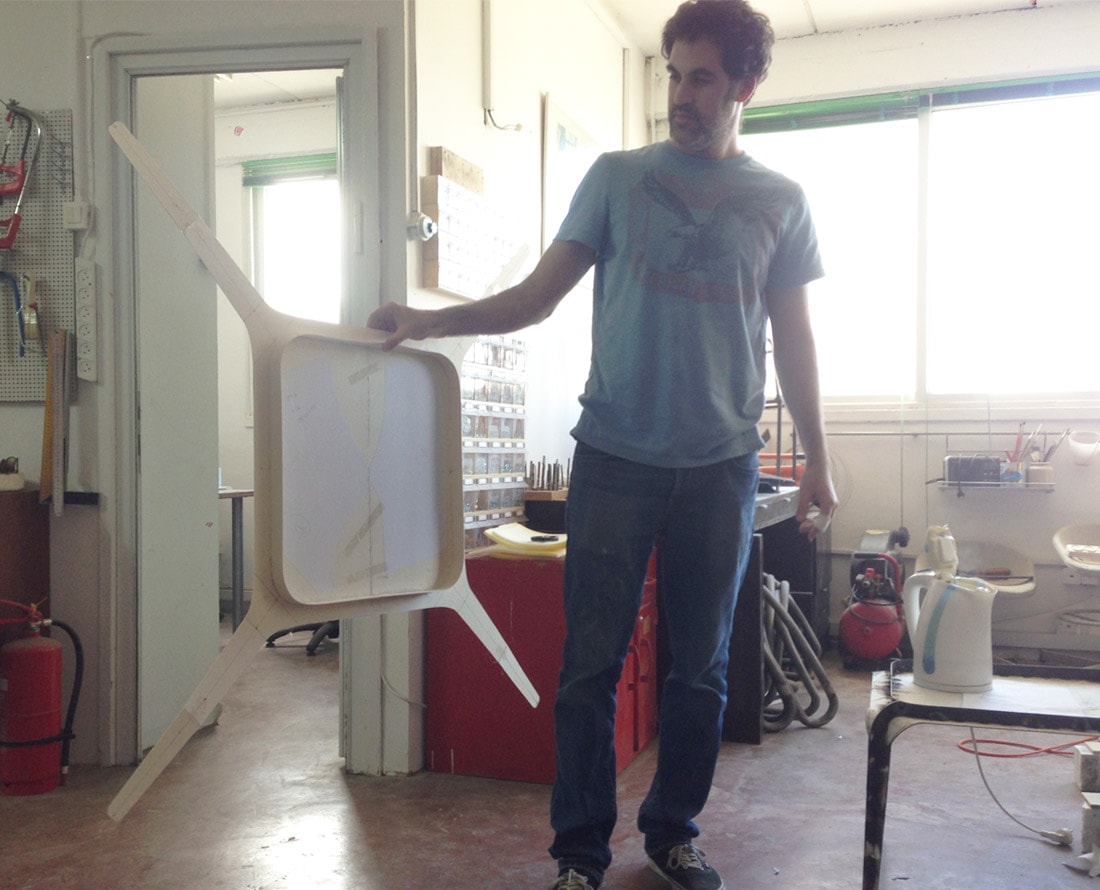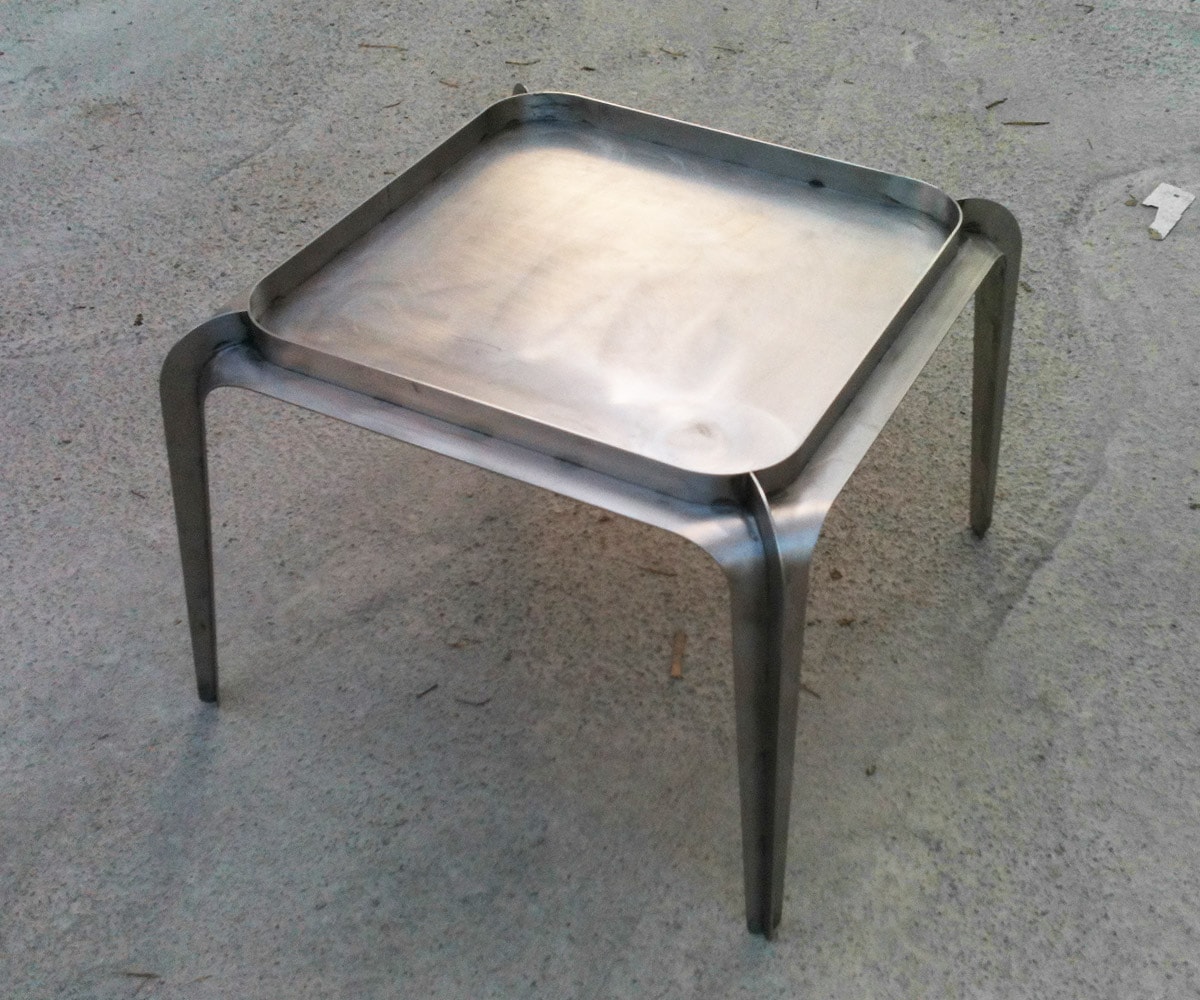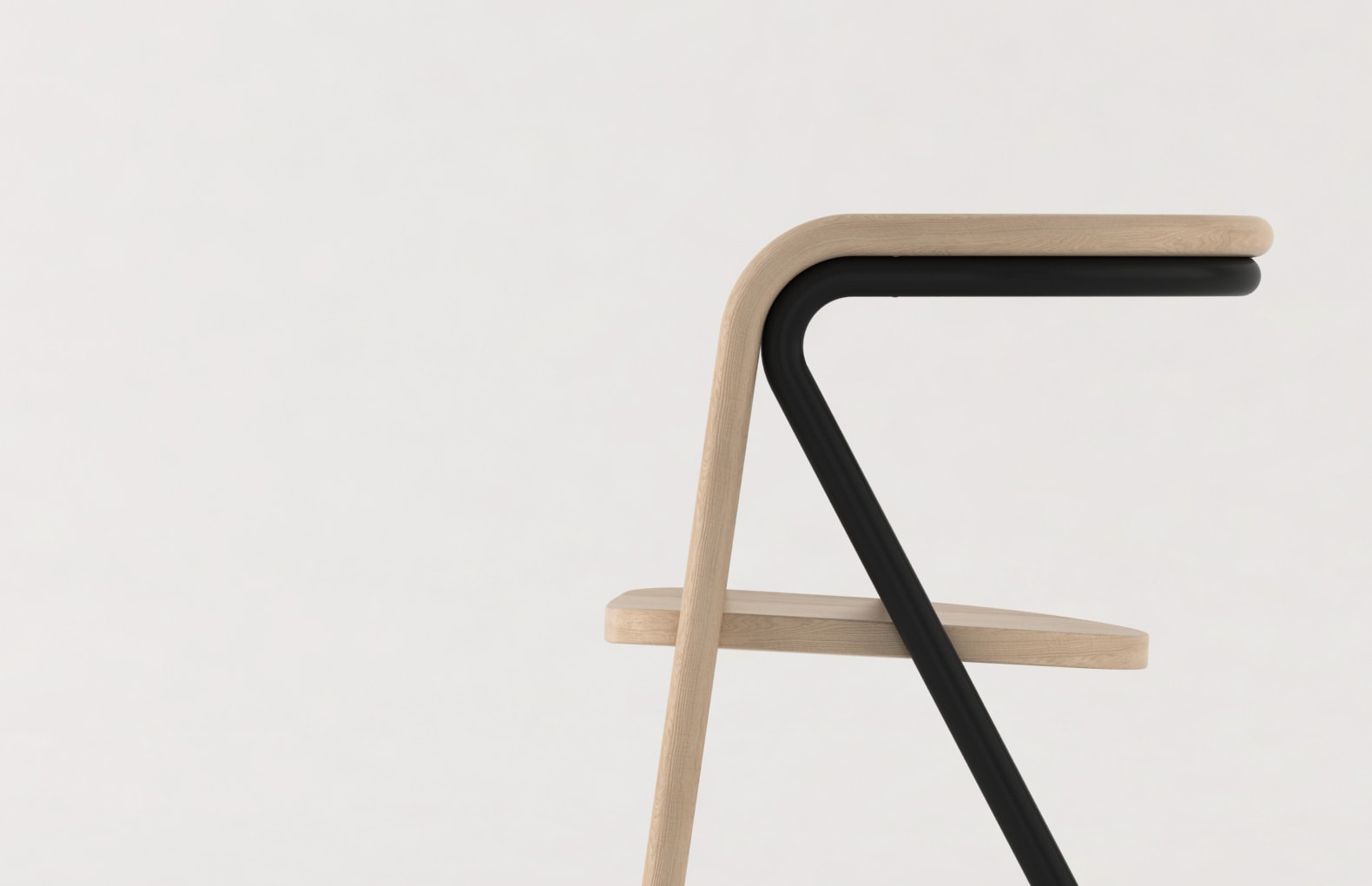
The concept of the project, which was inspired by the work of American sculptor Alexander Calder, was to use the constructional elements of an object as the leading element of the design language.
We found the realization of the concept in moving the construction of our tables, which is usually seen on the bottom part, to the top “front stage” of the table. This upside down construction gives the Hafucha tables their strong visual impact, and surprisingly functional values.





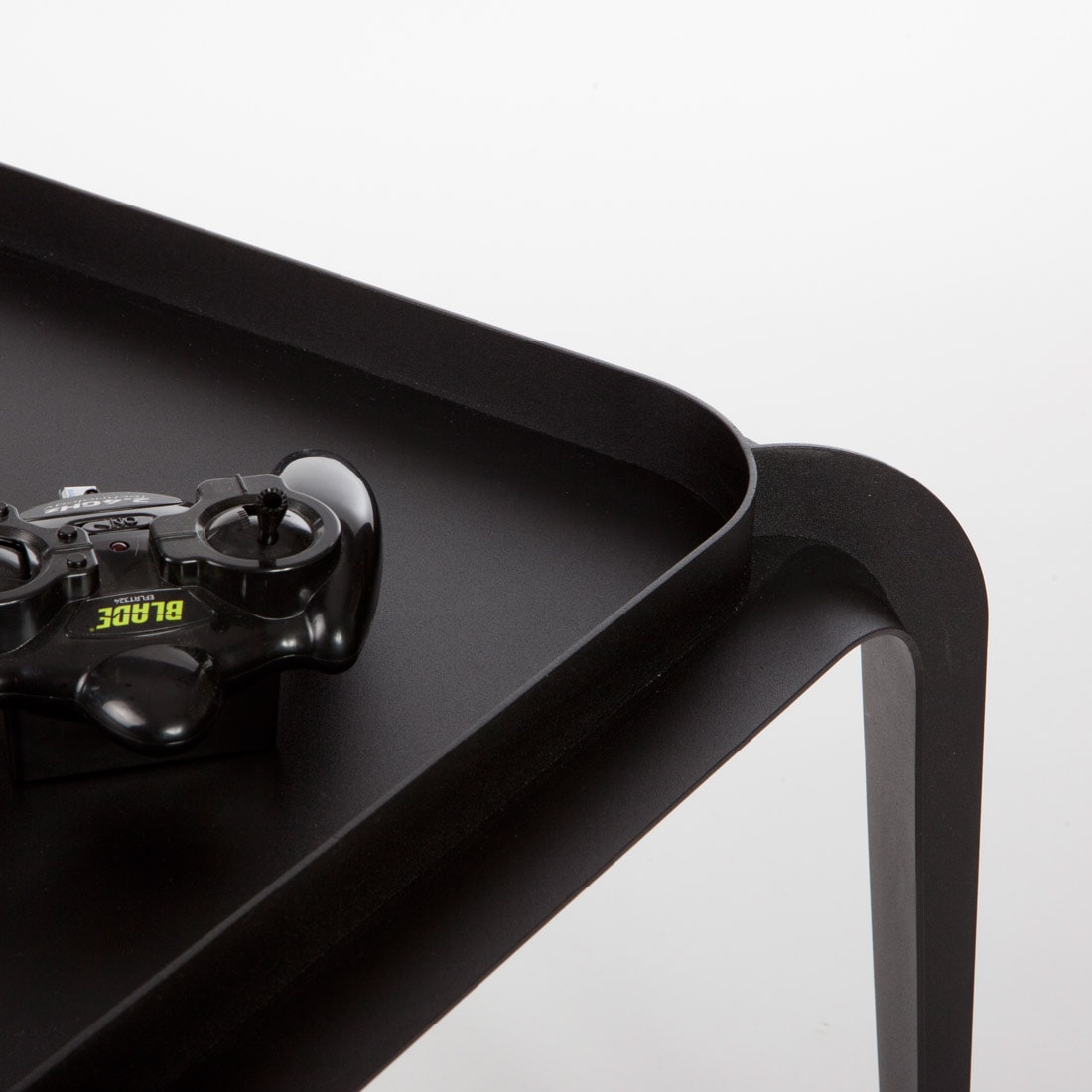

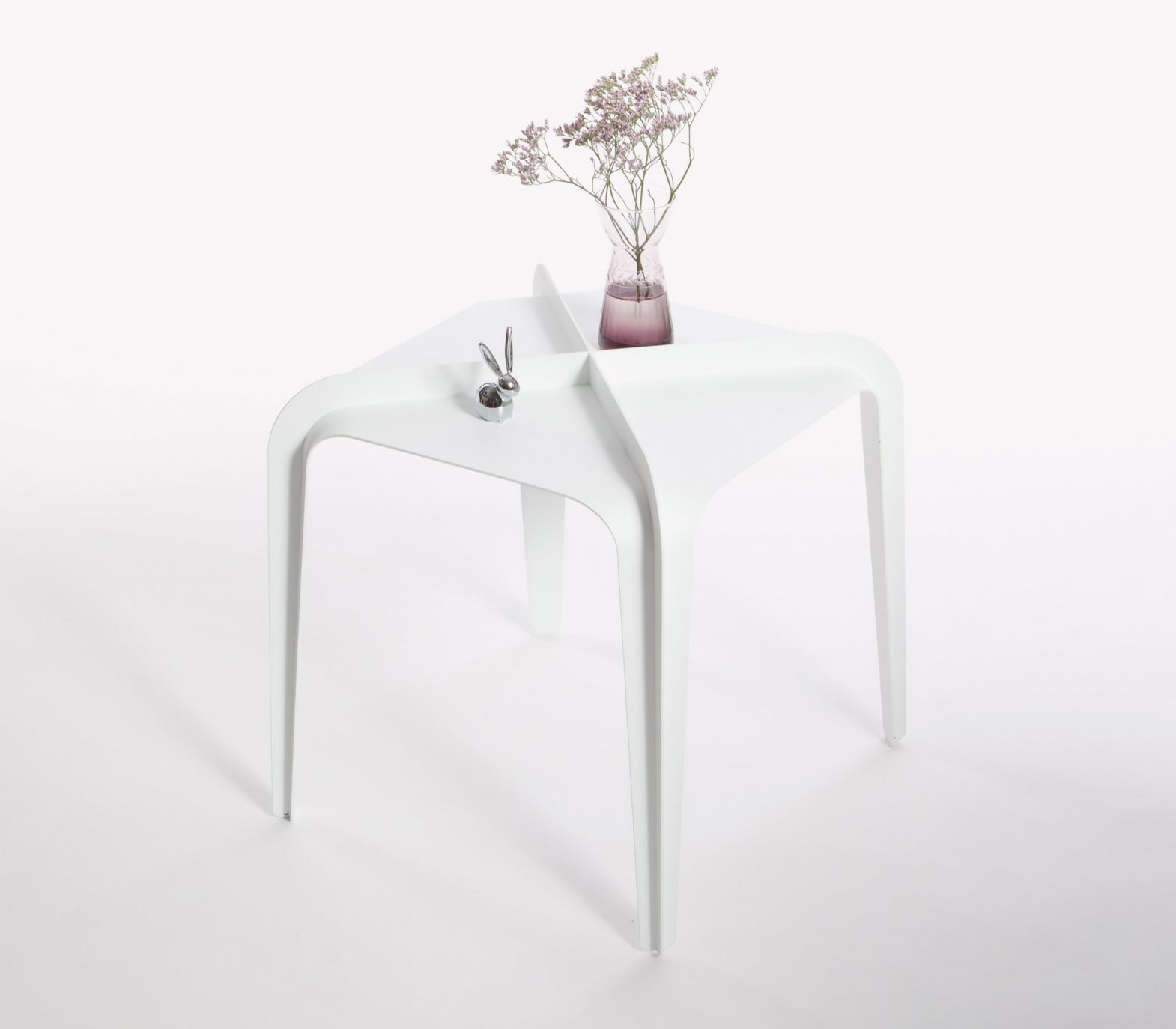

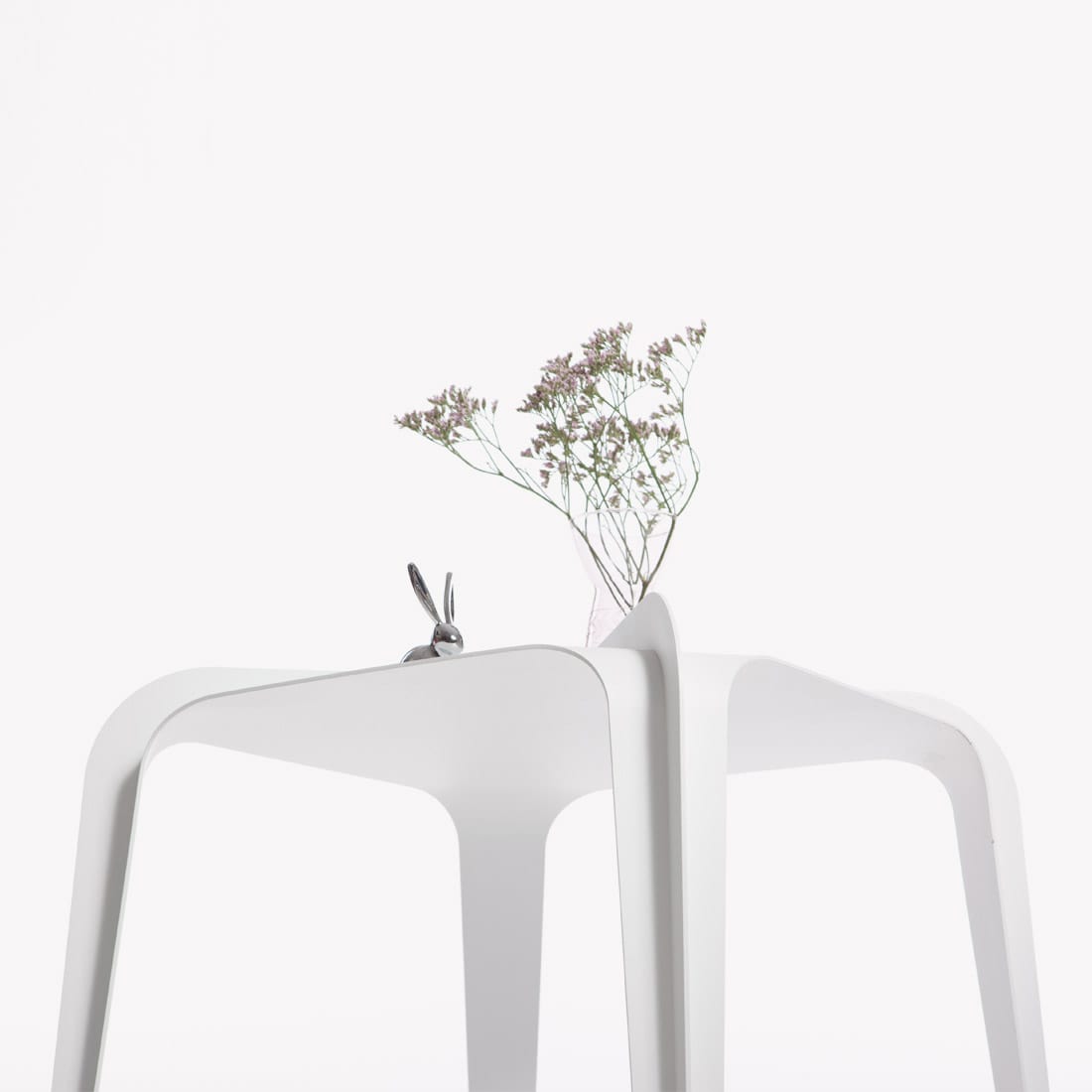
When we started developing the project we would drive to the studio together, and every morning we would get stuck in the same traffic jam on a street that had funny street sculptures of all sorts of creatures. We were immensely inspired by these sculptures, and would say to each other- ‘Wow, we have got to incorporate this tail detail in our project…’ Finally, on one such morning, we started to sketch in the car, and suddenly realized that we had to make tables. Tables will enable us to bring the beauty of the construction into the visible, upper surface and it could be utilized for functional things such as the edges of the table or the inner space division.
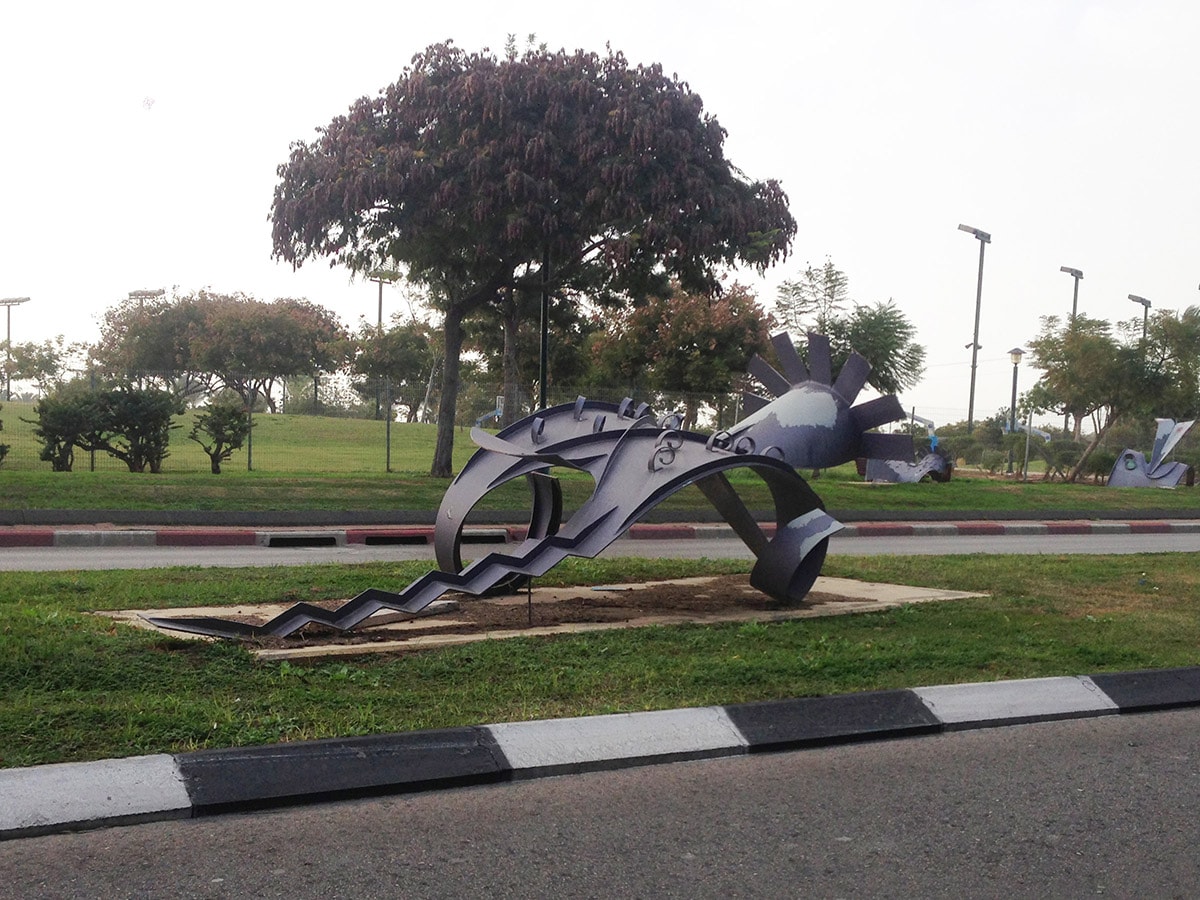
That day we got to the studio and within three hours, we produced the first model of Hafucha (the model is now part of Design Museum Holon’s permanent collection). The table was made of iron and the weldings were very crude, but although it was very rough we knew that we were on the right path and that the projects foundations were put in place.


